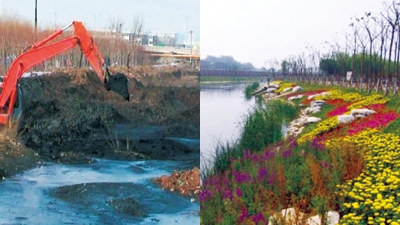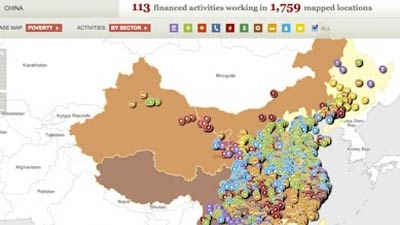Challenge
The Hai Basin spreads over six provinces and the municipalities of Beijing and Tianjin, which account for 15 percent of China’s gross domestic product (GDP). The Hai Basin area suffered from serious water-related problems, including water pollution, water scarcity, diminishing water supplies and flooding. Water availability per capita in the Hai Basin was only 14 percent of the national average and about 4 percent of the global average.
Over-exploitation of groundwater, overuse of surface water resulting in inadequate environmental flows, along with groundwater and surface water pollution, led to the decline and deterioration of water resources and damaged the freshwater and coastal environments of the Hai Basin.
The Basin discharges into the Bohai Sea, which is an important ecosystem and fishery resource. However, heavy land-based pollution from urban, industrial, agricultural, and other sources in the Hai Basin, combined with overfishing, reduction of freshwater inflows, and habitat loss, threatened the fishery and steadily diminished many of the Bohai Sea’s ecological functions.
Solution
To address these problems in the Hai Basin and the connected Bohai Sea ecosystem, the World Bank helped the Chinese Government develop and implement an integrated approach to water and environmental management.
Integrated water and environment management planning was a key management measure promoted by the project. This integrated planning provided the context for the development of practical approaches to carry out top-down, bottom-up, vertical and horizontal cooperation at the basin, sub-basin and county level to redress land-based activities that degrade marine waters.
An innovative approach that was introduced by the project is evapotranspiration (ET) management, which seeks to achieve real water savings to eliminate groundwater overdraft and provide more surface water for ecological purposes and as outflow to the Bohai Sea. Remote sensing and geographic information system (GIS) techniques were used to develop Basin-level ET reduction plans.


